Employers can play a valuable role in helping employees process trauma, as explored in this article here.
In this feature, we bring together other terms and learnings about trauma, to mark PTSD Awareness Month, that will be helpful in thinking about starting the conversation in the workplace.
Please note that you may find in this article triggering. If you are affected, please contact an organisation that can give you advice and support such as Samaritans on 116 123 any day, any time.
1. PTSD vs CPTSD
As outlined in this feature, social media is fuelling much discussion of trauma with celebrities and influencers regularly now sharing their stories. A fairly new term that is getting cited more and more is ‘Complex PTSD’ or CPTSD/c-PTSD.
This term has arisen, according to Mind, because professionals have recognised for a while that some types of trauma, that have taken place over a long period of time rather than a one off event, can have additional effects to PTSD, such as difficulty controlling emotions and constant feelings of hopelessness. (For more on these symptoms see Mind’s page here.)
It defines PTSD as a “mental health problem you may develop after experiencing traumatic events”. Historically, it’s been associated with war veterans and was known as ‘shell shock’. However, now it’s understood that a wide range of experiences can cause PTSD and CPTSD.
2. Be mindful that any content may be triggering
Particularly in light of the wars in Ukraine and Israel, more companies are starting to talk about trauma.
“When you’re talking about trauma, you have to be so careful how you address it. It’s not about avoiding it but you need to be mindful about who is sat in your audience. You don’t know what they may have experienced and what would be be triggering,” says Dr Beverley Flint, Chief Mental Health Programme Officer / Consultant Clinical Psychologist, Smart About Health.
She adds that if an employer does talk about trauma, then they have to have sources of support that they can immediately refer employees to, if they feel triggered by the content.
3. Storytellers are powerful, but have the clinicians in the room too
Companies are also starting to invite people with lived experience of trauma to talk about their experiences and survivorship to encourage others to share. This can be a really powerful way to educate people, and even prompt them to seek health. As Dr Flint stresses, it’s important that alongside the storytelling that there is a strong clinical, evidenced based approach too.
“Please use the right people who work in an evidence based way and are truly trauma informed,” she says. “The Holy Grail of content is probably a bit of both storytelling and clinical expertise.”
4. Intergenerational trauma
A specific type of trauma garnering much interest lately, due to recent developments in understanding how trauma can be passed down the genetic line, is ‘intergenerational trauma’.
Following the first attacks on Israel on 7th October, Dr Flint and her team were asked by some employers to talk about the effect of traumatic events on people and give them an outlet to share their experiences:
“Specialists were brought in to facilitate conversations with closed groups, either people that aligned with Palestine or Israel. What came up was that many people, some of whom were born in the UK, had heard stories their whole lives about how their parents and grandparents and had been directly impacted by the conflicts.”
5. Vicarious/ secondary trauma
Another type of trauma is vicarious, or secondary, trauma.
A person doesn’t have to have been directly involved in an event or experience to suffer trauma. They can suffer trauma from witnessing it second hand through, for example, photographers, footage or even vivid descriptions.
Dr Flint gives the example of barristers and lawyers dealing with difficult cases where they need to know “intimate details of horrendous things”.
Samantha Langford, Founder, Gaia Workplace Wellbeing, gives the examples of journalists reading reports and archivists archiving information. “It tends to be in situations when people are exposed to the content alot over a period of time,” she says.
6. The more stressors, the less ability to deal with trauma
“If we’re struggling at work, or we’re struggling at home, and we’ve got a lot of things going on, that’s going to impact our brain’s ability to process what we’ve gone through,” explains Langford.
She adds that because of this, some people are more susceptible than others, resulting in a more pronounced response to trauma.
7. Imagination can cause trauma
Sexual harassment and threatened sexual violence are clearly potential causes of trauma. However, so too are “near misses”, says Langford. This is when, for example, a woman is walking home at night and feels as if she’s being followed and imagines this, and imagines being attacked in her mind’s eye.
“So even if nothing has happened, she convinces herself it has and this can elicit the same response that the event actually happening would have,” says Langford.
8. The answer is not always EMDR
The ‘gold standard’ treatment for PTSD, which is often cited as a life changing modality, is EMDR, which stands for ‘eye movement desentisation and reprocessing’.
While Sarah Jones-Paynes, Director at Prestige OH, agrees with this she cautions against thinking it’s the panacea:
“People are unique and the methodology for psychological treatment will be dependent on individual circumstances. Those who believe they may have trauma symptoms should seek guidance from a registered, and qualified, psychologist or psychiatrist who will complete a detailed assessment before making a diagnosis of PTSD and thus will be best placed to advise on approach to treatment.”
For people who have childhood trauma or complex PTSD, Jones-Payne reports there is evidence that more long-term therapy such as Dialectical Behaviour Therapy (DBT) can be effective when used in combination, or as a standalone. “This would look to understand all of those feelings and behaviours that might have been learned as a result of early exposure to trauma,” she says.
9. Trauma may be triggered by certain life stages
A good example of this is that an individual with childhood trauma may be triggered when they become a parent themselves and this brings up memories for them.
“These life experiences can come to the foreground and take them back to that time,” says Jones-Payne. “They might realise they’ve got maladaptive coping mechanisms that have shaped the way people’s personalities have developed.”
At this point, it could be useful for them to have support in “acknowledging what happened and what’s led them to where they are today”, she says, so they can learn and find new ways to cope going forward.
10. Don’t assume someone is not going to experience trauma because they’ve chosen a traumatic field to work in
When Langford first started out as a crime scene investigator there was an unspoken assumption that, because she had chosen to enter the field, this would mean she wasn’t likely to find the content of the job traumatising.
This was a very common assumption in days gone by when people choose obviously traumatic jobs like this and like emergency services. However, with much more knowledge about the adverse effects on the functioning of people affected by trauma, there are now sophisticated processes in place at many of these organisations to support employees.
“When I started out there was no talk of how to look after yourself mentally,” says Langford. “It’s very different now. Most police forces have TRiM (trauma risk management) in place now and they understand that just because you choose a role, doesn’t mean you are born with the type of resilience you need.”
11. Beware limitations of EAPs to deal with trauma
If you’re talking about trauma, make sure you have relevant services you can signpost employees too. Often the standard EAP package doesn’t cover specialist trauma services, so it’s important you check this out before starting the conversation in the workplace.
“Recognise the potential limitations of your EAP when it comes to trauma,” says Jones-Paynes. “Usually, EAPs offer a six session solution focused therapy and you’re not able to return to the same counsellor after this. So there are huge limitations there for those processing trauma who may have developed a really good therapeutic relationship with their therapist.”
As mentioned already, there are specialist modalities recommended to treat trauma such as EMDR and DBT.
12. Having a strong reaction to an event doesn’t mean you are traumatised
The explosion of content nowadays on social media about trauma has led to many people self-diagnosing PTSD and CPTSD without a formal diagnosis.
Jones-Paynes’s’ concern about this is that sometimes normal reactions to an abnormal, traumatic event are being pathologised:
“With the advent of social mediaI think sometimes we’re not good at just sitting with upset, and acknowledging the way things have made us feel, and are difficult to process, which might take a few days to settle. But, from a clinical point of view, if those feelings are very distressing, enduring or last for weeks or months and get to the point where they are viewed as destructive and affect people’s normal way of life, then that’s when it’s time to seek suitable qualified psychological assessment to determine if they have PTSD.”
For more on trauma, watch this space: on the back of members asking more about trauma in relation to events such as terrorism attacks and the wars in Ukraine and Gaza, the National Forum for Health & Wellbeing at Work is putting together a framework for best practice for trauma-informed businesses. This was inspired by the realisation that companies that aren’t normally exposed to trauma often have a knee-jerk response when it happens. The framework is due to launch later this year.
If you are affected by the information in this article, please contact an organisation that can give you advice and support such as Samaritans on 116 123 any day, any time.












